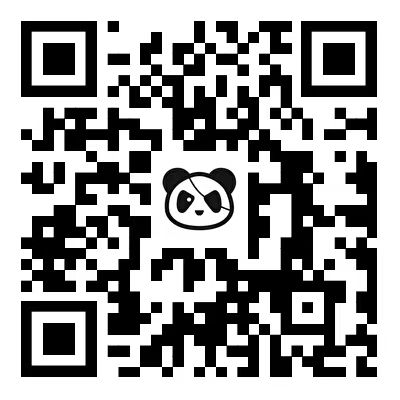No male player comes out? Talking about the difference between gender and coming out in tennis
In professional tennis, the visibility of the gay community presents a stark gender difference. Women's tennis has already produced a number of legends who have come out bravely, such as Martina "King Kong" Navratinova, France's Amélie Mauresmo, Spain's Carla Suarez Navarro, and in recent years, Sweden's Johanna Larsson, who has become openly gay, and former Russian rising star Daria Kasatkina. With their professional success and personal integrity, they have set the benchmark for the LGBTQ+ community. However, no current top player in men's tennis has come out publicly, and the few openly gay individuals (such as Bill Tilden in the early 20th century) have long since retired or died. This contrast not only reflects the gender inclusion gap in the sports world, but also reveals the deep prejudice against gay men in society.
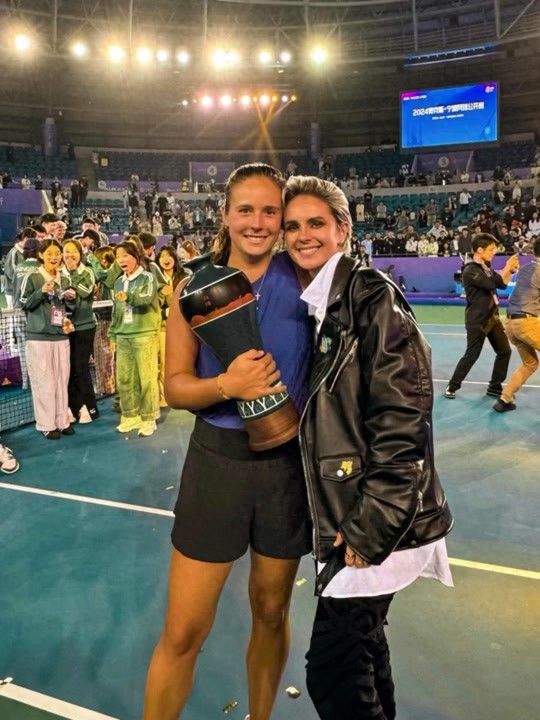
Despite the lack of official confirmation, fans and media have speculated on some "suspected" gay male players from the details of the players' interactions. First of all, Polish player Hurkacz has publicly expressed his admiration for Dimitrov many times, and even interacted frequently on social media, being nicknamed "one-arrow star chaser". It is worth mentioning that Dimitrov currently holds a six-game winning streak against Hurkacz, and the intimate group photo of the two off the field and Hurkacz's imitation of Dimitrov's style of dressing have sparked speculation about his sexual orientation.
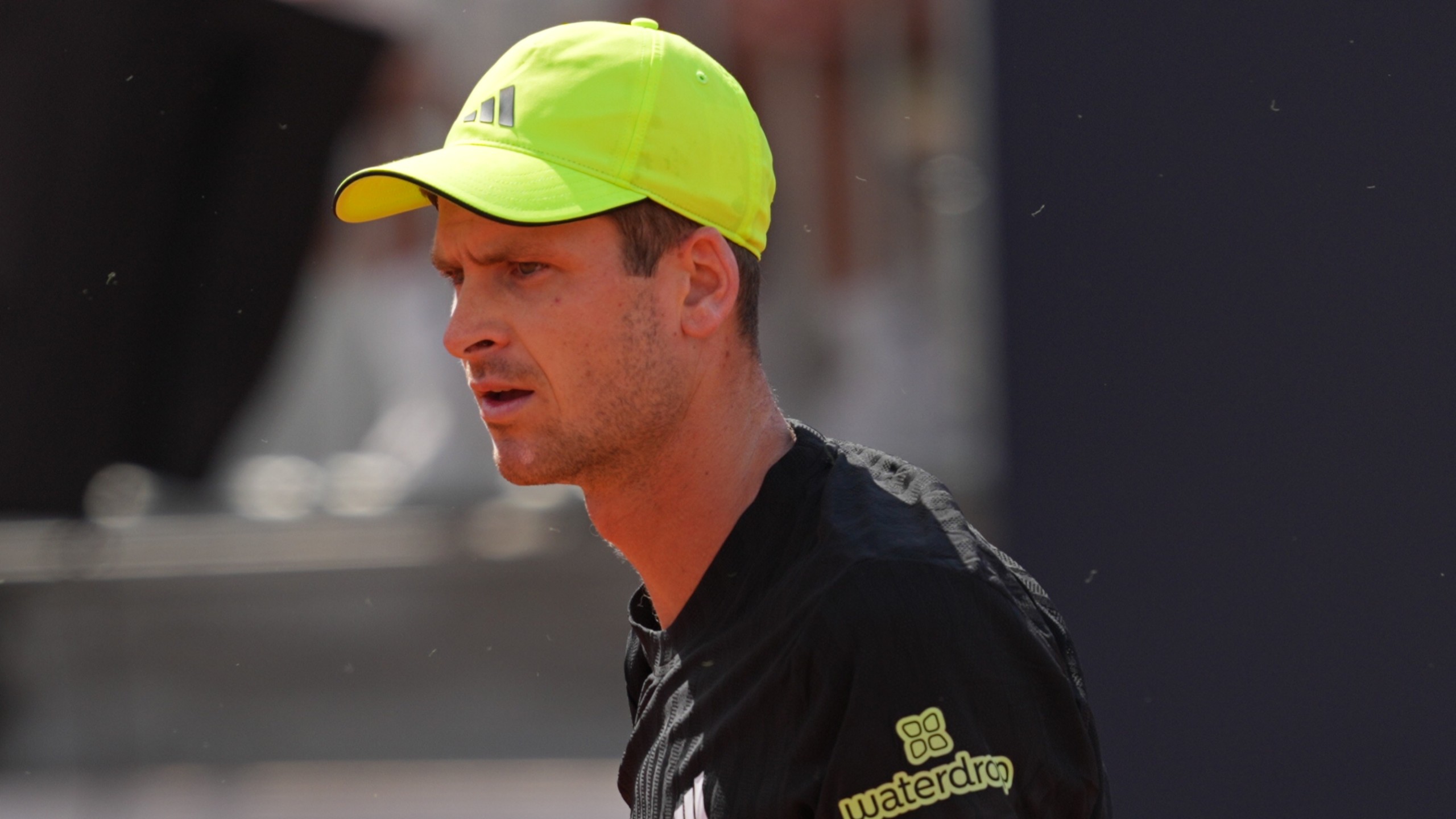
Argentine star Del Potro has repeatedly called Djokovic the "perfect opponent" in interviews, and he still appears frequently in German matches after retiring. In the 2013 Wimbledon semifinals, a chance interaction between the two in the match was thought to be that Del Potro fell in love with Djokovic. In addition, Del Potro's body language when the two hug is interpreted as an emotional projection that transcends ordinary friendship.

Spanish star Davidovic and Czech player Mensik were even ridiculed by fans as a "conjoined baby" because of their frequent interactions, and Davidovic's kiss when shaking hands after beating Mensik at the Australian Open this year has to be reminiscent. Davidovic had an emotional breakdown after the loss, and Mensik's first embrace and comfort became the focus of heated discussions.

Although there is no conclusive evidence in these cases, they reflect the public's curiosity and prying eyes about the sexual orientation of male players. And the silence of the players just exposes the survival dilemma of the gay community in professional sports.

Society's rigid demands on masculinity (e.g., masculinity, toughness) are in direct conflict with homosexuality. In men's tennis, a player's commercial value is often tied to a "tough guy" image, and coming out publicly can be seen as a "betrayal" of masculinity. For example, the ATP's survey showed that nearly 40% of players believe that commercial endorsements of gay players will decrease, and this concern has been significantly diluted in women's tennis.

Many of the male players come from religiously conservative regions (e.g., Eastern Europe, Latin America) where homophobia is more reluctant. The $500,000 fine for homophobic remarks by former NBA star Stoudemire and Tim Hardaway's 20-year history of being banned by the NBA for anti-gay remarks show that tolerance for gay men in sports is still constrained by mainstream values.

The likes of Navratinova in women's tennis have paved the way for those to come after them with a successful career. The lack of such pioneers in men's tennis has led to potential closets falling into the dilemma of "no one dares to go first". American player Fritz bluntly said: "There should be gays in the top 100, but they may be afraid to be in the spotlight. This collective silence further reinforces the "invisibility" of gay men.
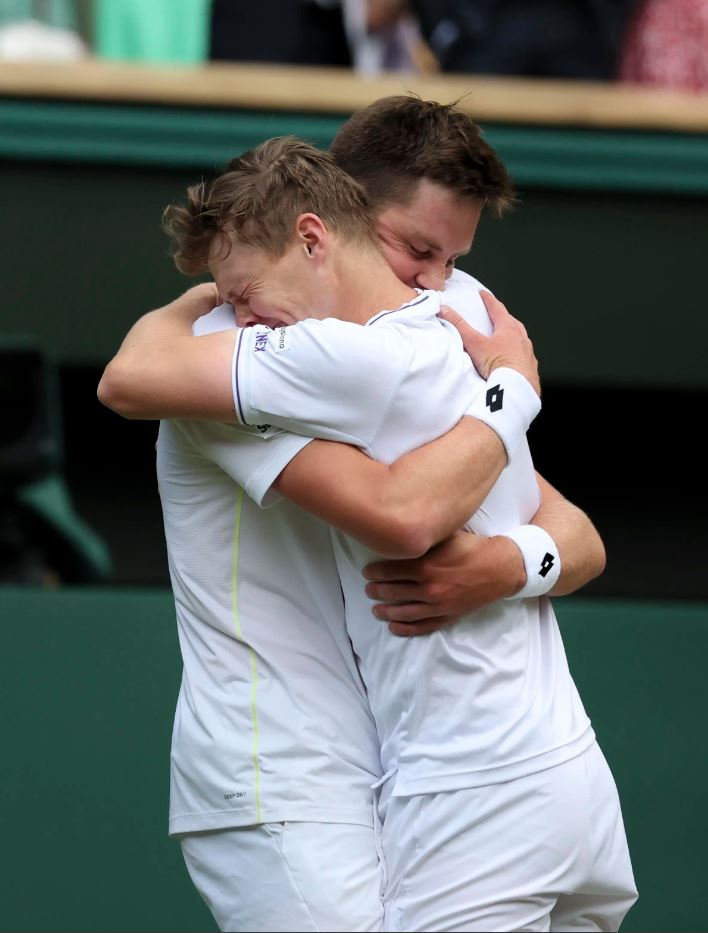
In recent years, the ATP has launched anonymous surveys in an attempt to quantify players' attitudes towards LGBTQ+ perceptions and has partnered with the anti-discrimination organization Pride Sports to develop an inclusion policy. Such institutional efforts provide security for potential closets. Sponsors' preference for diverse values may be key. For example, the Australian Open has partnered with LGBTQ+ organizations to host "Glam Slam" events, while brands such as Nike have stepped up their support for gay athletes. If commercial interests are combined with affirmative action demands, it may force the diversification of players' images. The UN human rights expert called on the sport community to eliminate structural discrimination, stressing that "sport should be a bridge to inclusion, not an amplifier of prejudice". As the younger generation becomes more receptive to gender diversity, the social resistance to male players coming out in the future may weaken.

The "coming out vacuum" in men's tennis is not accidental, but a microcosm of the gender power structure. When Margaret Court was boycotted for her homophobic remarks, and Navratinova became a symbol of equality as a gay woman, tennis was on the front lines of a clash of values. Perhaps, in the future, the courageous coming out of a men's player will rewrite history like Navratinova, but the arrival of this day will require the triple combination of individual courage, institutional protection and social inclusion. As the ATP CEO put it: "Our goal is to make it so that players don't have to be scared when brushing their teeth in the early morning because of their sexual orientation. ”(Source: Tennis Home Author: Xiaodi)

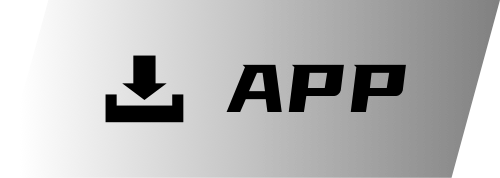





 Links
Links
 Contact
Contact
 App
App


